E-commerce – the pillar of modern distribution
In recent years, e-commerce is no longer a strange concept but has become an important distribution channel for Vietnamese goods. The market size in 2024 will reach over 25 billion USD, growing about 20% compared to the previous year, accounting for 9% of total retail sales of goods and consumer service revenue. With this result, Vietnam maintains its position in the top 3 largest e-commerce markets in Southeast Asia.
In the context of consumers increasingly preferring online shopping, e-commerce not only helps businesses reach customers directly, shortening the intermediary stage, but also contributes to reducing operating and personnel costs. Livestream sessions lasting 2-3 hours can consume dozens, even hundreds of tons of agricultural products - something that seems unbelievable in traditional sales methods.
Emphasizing the strong transformation of e-commerce as an effective channel to promote Vietnamese goods at the workshop "Strengthening market linkages, stabilizing supply chains and improving competitiveness", organized by the Department of Trade Promotion ( Ministry of Industry and Trade ), Mr. Bui Huy Hoang - Deputy Director of the Center for E-commerce and Digital Technology Development (Department of E-commerce and Digital Economy, Ministry of Industry and Trade) said that the COVID-19 pandemic has clearly shown the "lifebuoy" role of e-commerce. Today, along with livestream, online marketplaces or omnichannel models, e-commerce continues to be effective.
Mr. Bui Huy Hoang - Deputy Director of Center for E-commerce and Digital Technology Development
“This is not only a tool for product consumption but also a channel for promotion and brand building, helping agricultural products, local specialties or industrial consumer goods reach a wider customer base,” said Mr. Hoang.
Regarding the legal corridor for e-commerce, Mr. Hoang pointed out that it is gradually being completed: “Vietnam’s e-commerce is developing in a more transparent and professional direction. The Ministry of Industry and Trade is currently assigned by the Government to preside over the drafting of the Law on E-commerce – a legal document that is expected to become the “backbone” for the sustainable development of the market.”
In addition, many programs to promote, train, and support digital businesses have been implemented. According to Mr. Hoang, the Center for E-commerce Development (EcomDx) regularly coordinates with industry associations and large e-commerce platforms to organize specialized training programs: Go-Right (legal in e-commerce), GoOnline (online business), GoExport (export via cross-border e-commerce), Go-AI (application of artificial intelligence). These programs create a foundation for businesses, especially small and medium-sized enterprises, to catch up with the trend.
Digital transformation of logistics – the “bottleneck” that needs to be removed
Besides the role of e-commerce, digital transformation of logistics is also one of the most important solutions in promoting Vietnamese goods. Emphasizing the role of digital transformation in logistics, Mr. Hoang said that if e-commerce is a modern distribution channel, logistics is the "nervous system" of the supply chain.
However, Mr. Hoang pointed out that Vietnam's logistics industry still has many shortcomings: unsynchronized warehouse infrastructure, transportation depends heavily on roads that are easily congested, high logistics costs (accounting for about 16-18% of GDP, much higher than the global average), and human resources are mainly manual.
From a business perspective, giving further comments on these two key areas, Mr. Hoang Nguyen Vu, General Director of Inotev Company, said that digital transformation is a breakthrough solution to improve competitiveness. Smart warehouse management systems (WMS), warehouse automation, API connection with e-commerce platforms, along with real-time shipping tracking via IoT and GPS will help businesses optimize processes, save costs, reduce errors and improve service quality.
Meanwhile, the application of electronic stamps, QR codes, NFC, and RFID is also becoming more and more popular, helping businesses trace product origins and protect brands - an especially important factor when exporting to demanding markets such as the EU, US, and Japan.
The application of electronic stamps, QR codes, NFC, RFID helps businesses easily trace origins.
In addition, not only technological infrastructure, high-quality human resources are prerequisites for e-commerce and logistics to be effective. Mr. Bui Huy Hoang emphasized that businesses need to have clear orientation and invest in training human resources in online business, export via e-commerce, law, as well as AI and big data application skills.
"Only with a knowledgeable team can businesses exploit the full potential of e-commerce and digital logistics. This is also a factor that helps Vietnamese businesses participate more deeply in the global value chain," Mr. Hoang informed.
Supply chain linkages – increasing resilience
In practice, the resilience of domestic supply chains to global fluctuations is still limited. Market linkage is therefore of key importance: closely linking production - distribution - consumption, creating a smooth flow of goods, reducing intermediary costs, and increasing added value.
Deputy Director of the Department of Domestic Market Management and Development Bui Nguyen Anh Tuan affirmed: “A comprehensive strategy, including strengthening linkages and digital transformation, are two complementary aspects, creating a combined strength. Close linkages between parties in the supply chain, combined with digital technology to optimize processes, will be the key to helping Vietnamese goods overcome challenges, seize opportunities and reach international standards.”
Market linkage therefore has key significance in closely linking production - distribution - consumption.
To maximize the benefits of digital transformation in logistics and e-commerce, the Deputy Director of the Center for E-commerce and Digital Technology Development said that many solutions need to be synchronized. Specifically, we can focus on three main directions:
Firstly, perfecting policies and institutions: Synchronizing the management of imported and domestically produced goods, quality, traceability and tax management for e-commerce. Creating a transparent and fair playing field for businesses, while protecting consumer rights.
Second, acknowledge e-commerce as a modern distribution method: Applying digital technology and AI to cut operating costs, optimize profits, and increase competitiveness.
Third, invest in high-quality human resources: In-depth training in digital skills, online business, law, and cross-border export. This is the foundation for businesses to effectively exploit e-commerce as a key distribution channel.
Digital transformation of logistics and e-commerce is becoming a new “dual driving force” for the development of Vietnam’s economy. The close connection in the supply chain, along with the application of digital technology, not only helps Vietnamese goods reach further but also builds consumer trust and enhances national competitiveness. In the context of deep integration, this is the way for Vietnamese goods to not only stand firm at home but also conquer the international market.
Source: https://moit.gov.vn/tin-tuc/xuc-tien-thuong-mai/xuc-tien-hang-viet-dong-luc-tu-chuyen-doi-so-logistics-va-thuong-mai-dien-tu.html


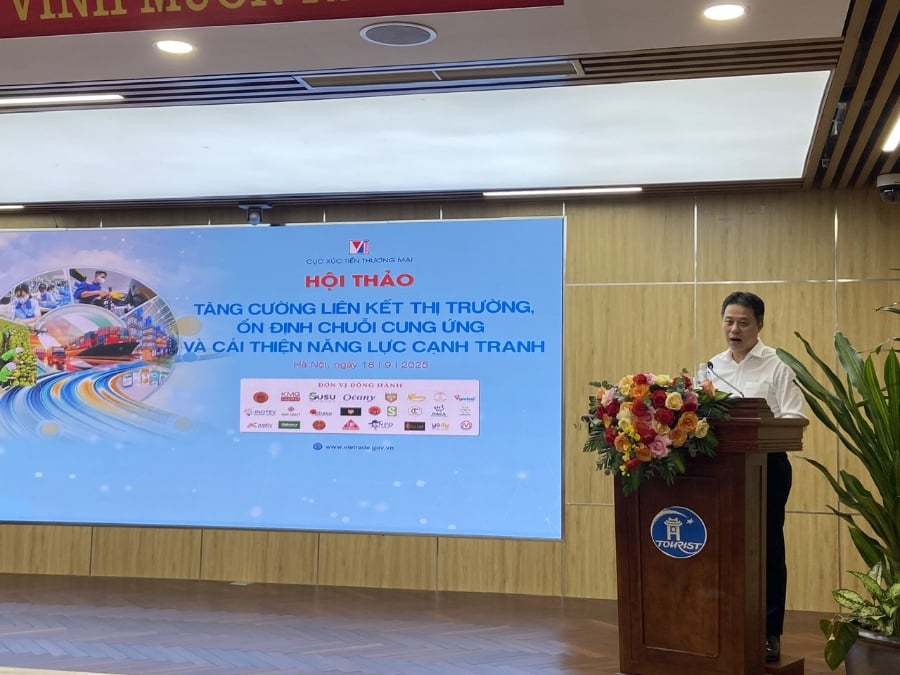
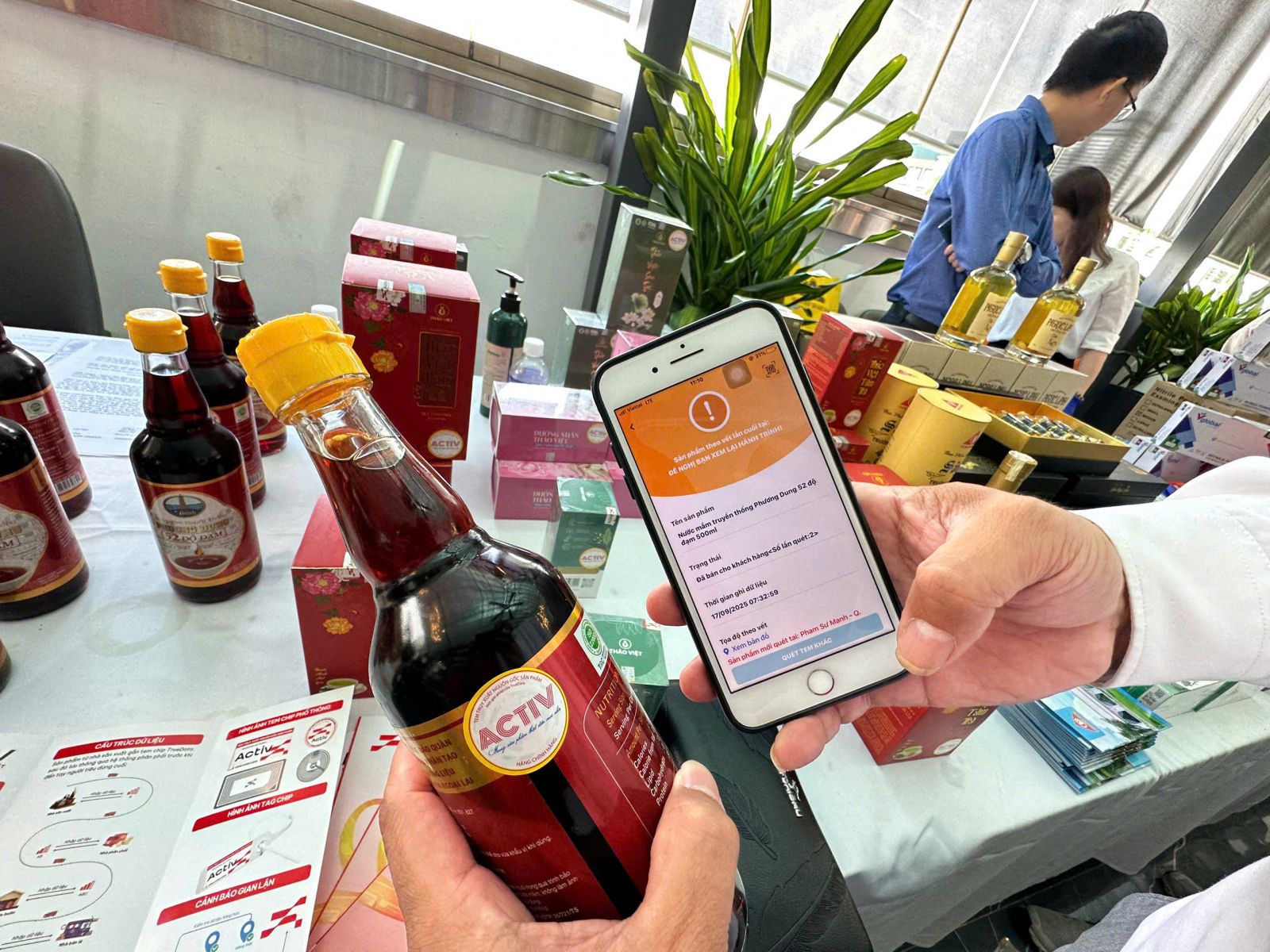
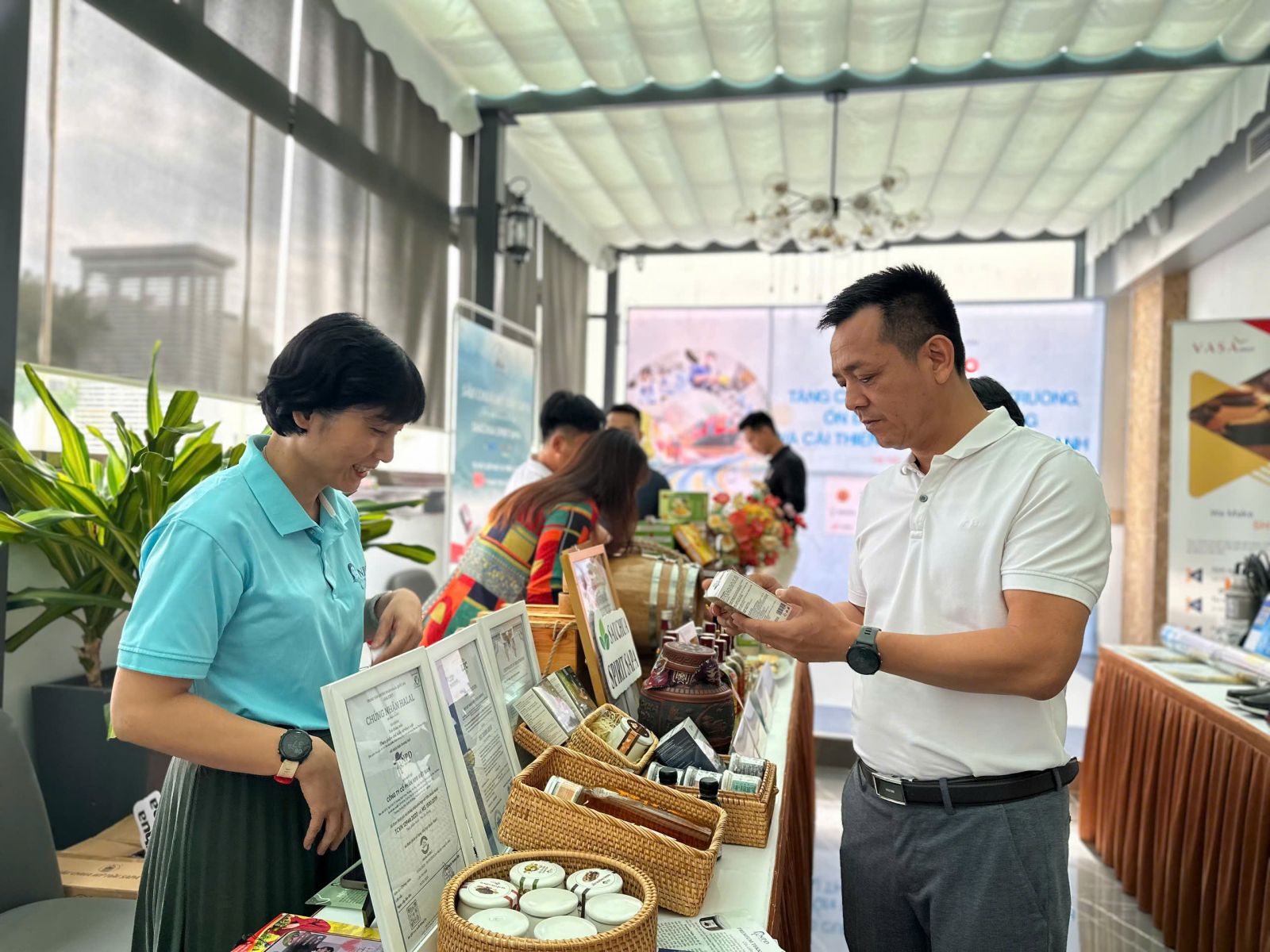




![[Photo] Prime Minister Pham Minh Chinh launched a peak emulation campaign to achieve achievements in celebration of the 14th National Party Congress](https://vphoto.vietnam.vn/thumb/1200x675/vietnam/resource/IMAGE/2025/10/5/8869ec5cdbc740f58fbf2ae73f065076)







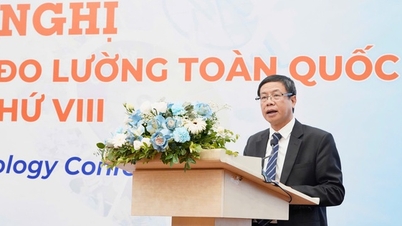










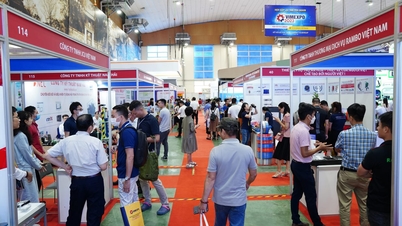

![[Photo] Bustling Mid-Autumn Festival at the Museum of Ethnology](https://vphoto.vietnam.vn/thumb/1200x675/vietnam/resource/IMAGE/2025/10/4/da8d5927734d4ca58e3eced14bc435a3)

























![[VIDEO] Summary of Petrovietnam's 50th Anniversary Ceremony](https://vphoto.vietnam.vn/thumb/402x226/vietnam/resource/IMAGE/2025/10/4/abe133bdb8114793a16d4fe3e5bd0f12)

![[VIDEO] GENERAL SECRETARY TO LAM AWARDS PETROVIETNAM 8 GOLDEN WORDS: "PIONEER - EXCELLENT - SUSTAINABLE - GLOBAL"](https://vphoto.vietnam.vn/thumb/402x226/vietnam/resource/IMAGE/2025/7/23/c2fdb48863e846cfa9fb8e6ea9cf44e7)






























Comment (0)